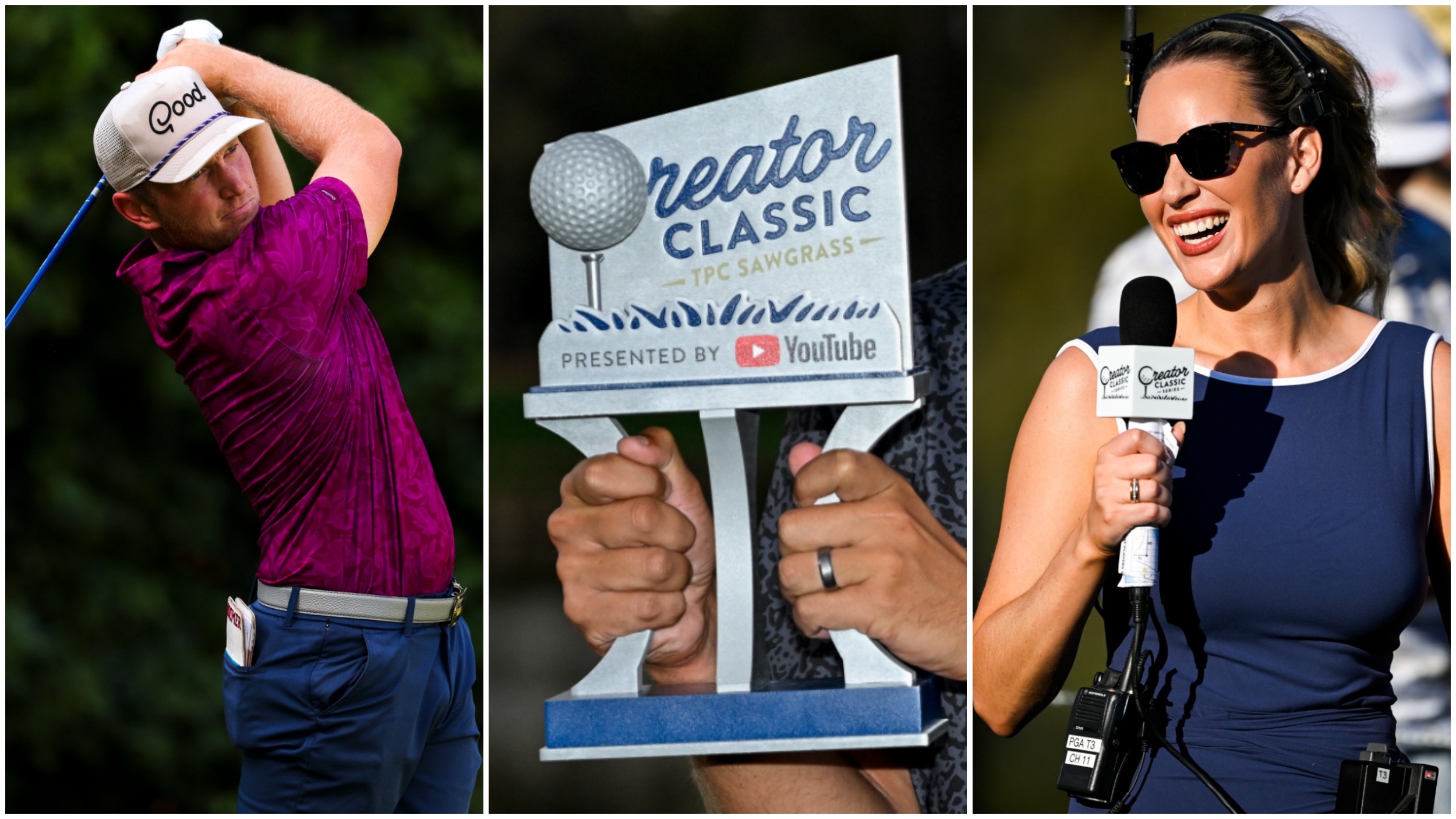What is Clause 23 all about?
The Annual Review of handicaps and General Play adjustments


Fergus Bisset considers “General Play” handicap adjustments and the “Annual Review” of handicaps.
A number of summers ago I had a run of four straight Medal rounds in which I missed the “buffer zone” by a single shot. I was playing solidly but my handicap went up by 0.4. During the same period a friend of mine, who has always been a similar handicap to me, entered the same four competitions. He was playing badly at the time and returned three scores where he was at least five strokes away from making "buffer," but he also posted one good round out of the blue for which he was cut by 0.3. So his handicap remained the same. I was a total of eight-over competition standard scratch (CSS) for those four rounds. He was a total of approximately 20-over, yet my handicap had fared far worse.
This didn’t seem fair to me so I went to speak with the secretary to see if there was a way to review my handicap based on “General Play,” it was a term I’d heard used before. He agreed that going up by 0.4 was perhaps not a fair representation of my play over that period but a reduction wasn’t going to happen. Category 1 (five or less) handicaps cannot be reduced by a committee decision, they require approval from the “area authority” and a specific code to alter the handicap on the computer. It’s understandable as it prevents clubs from reducing a player’s handicap to meet cut off points for regional or national competitions.
I was appeased, but interested to learn more about “General Play” adjustments and when they could/should be applied.
Clause 23 of the CONGU Unified Handicapping System covers the “Annual Review” of handicaps (these should be completed by all clubs for all members,) and it gives guidance on “General Play” adjustments. Clubs can apply a “General Play” adjustment to a non-category 1 golfer’s handicap if it is felt to be too high, or low, and not representative of current playing ability. It basically allows clubs to protect against “bandits,” and to re-set handicaps of those who can no longer be competitive because of poor health or advancing age.
The handicap committee has to possess sound evidence to make a downward change, but it can be considered given the following circumstances: When a player is returning poor scores in handicap qualifying competitions but is enjoying consistent success in match-play and better ball events, or when a player is obviously improving and is consistently returning scores below handicap – often this would apply to young players.
If a decision is taken to reduce a handicap, a minimum of one full stroke must be taken and there is no maximum. However, a category 2 player’s handicap cannot be cut to category 1 without agreement from the area authority.
Get the Golf Monthly Newsletter
Subscribe to the Golf Monthly newsletter to stay up to date with all the latest tour news, equipment news, reviews, head-to-heads and buyer’s guides from our team of experienced experts.
If a player is clearly unable to play to his current handicap and does not play in enough competitions for it to be altered accordingly, an increase can be made, again a minimum of one full shot. In some cases consent from the area authority may be required.
Clubs should conduct an “Annual Review” in the winter months to identify players who have performed far better or worse than expectation and who might be considered for a handicap adjustment. From 2008 CONGU introduced the “Annual Review Report,” a computer program designed to assist clubs to flag up these players. It calculates target averages for golfers of varying handicaps and identifies players (who have returned a sufficient number of counting rounds) whose average has been significantly lower or higher than the target average. These players may then be considered for an adjustment.
All clubs must take a unified approach on handicapping so the decision to make a “General Play” adjustment is one that cannot be taken lightly. As long as a player is competing in a sufficient number of counting rounds, the adjustment should steadily be made without intervention.

Fergus is Golf Monthly's resident expert on the history of the game and has written extensively on that subject. He has also worked with Golf Monthly to produce a podcast series. Called 18 Majors: The Golf History Show it offers new and in-depth perspectives on some of the most important moments in golf's long history. You can find all the details about it here.
He is a golf obsessive and 1-handicapper. Growing up in the North East of Scotland, golf runs through his veins and his passion for the sport was bolstered during his time at St Andrews university studying history. He went on to earn a post graduate diploma from the London School of Journalism. Fergus has worked for Golf Monthly since 2004 and has written two books on the game; "Great Golf Debates" together with Jezz Ellwood of Golf Monthly and the history section of "The Ultimate Golf Book" together with Neil Tappin , also of Golf Monthly.
Fergus once shanked a ball from just over Granny Clark's Wynd on the 18th of the Old Course that struck the St Andrews Golf Club and rebounded into the Valley of Sin, from where he saved par. Who says there's no golfing god?
-
 PGA Tour Truist Championship Creator Classic Line-Up And Format Revealed
PGA Tour Truist Championship Creator Classic Line-Up And Format RevealedThe PGA Tour has announced the line-up for the second Creator Classic ahead of the Truist Championship - with YouTubers from outside golf taking on the challenge
By Paul Higham
-
 Are You Tired Of Your High-Handicap Golfer Status? These 4 Substantiated Tips Are Your Salvation
Are You Tired Of Your High-Handicap Golfer Status? These 4 Substantiated Tips Are Your SalvationBeing a high-handicap golfer is not easy, with consistency being difficult to establish and progress hard to come by... until you try these four simple tips!
By Barry Plummer